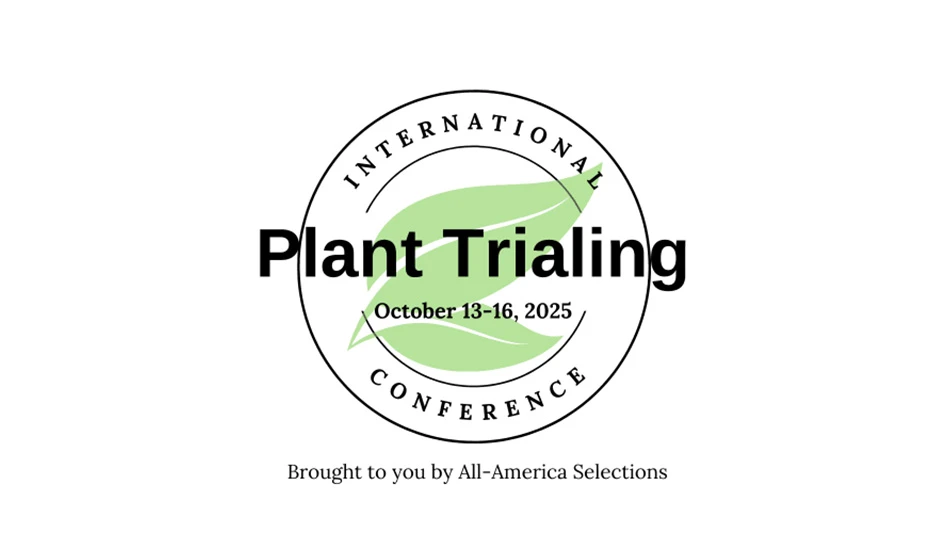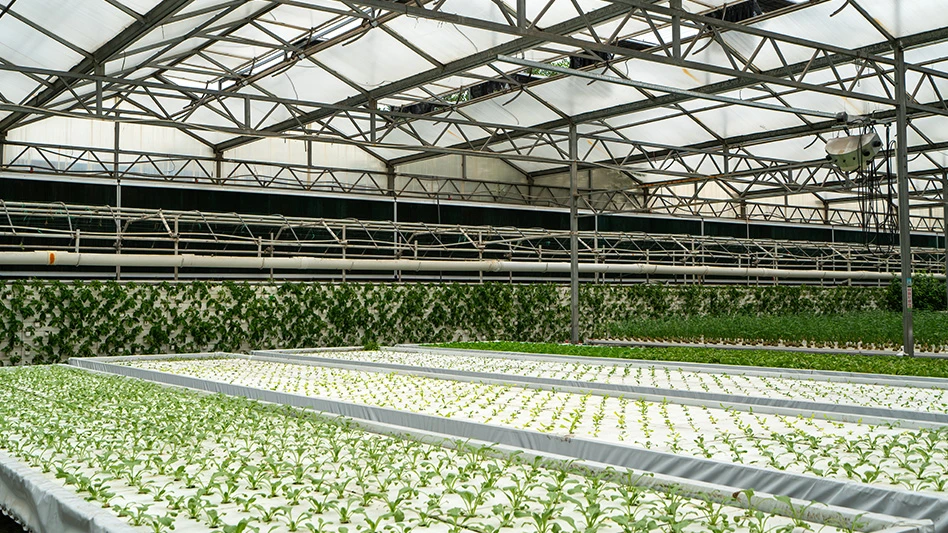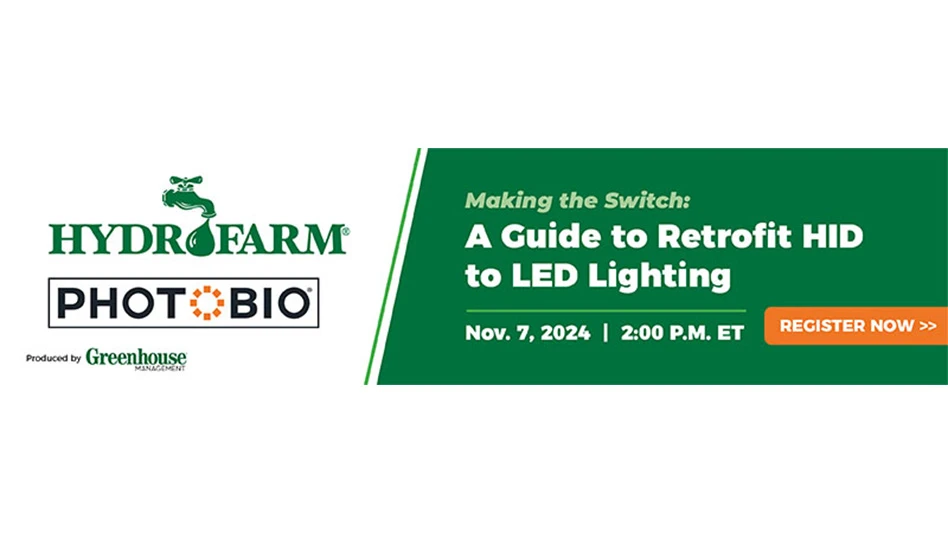 Let’s face it. In today’s business world, branding is everywhere. In fact, a recent study suggests that on any given day we’re subjected to between 3,000 and 20,000 branding messages. This is exactly why the likes of Coca Cola, Apple and Progressive spend big money attempting to break through the clutter. And it’s for good reason, as effective branding can carry with it significant benefits, from greater awareness and the ability to garner a higher price at the register, to repeat purchases and a stronger bottom line. (Suddenly, I’m in the mood for an ice cold Coke.)
Let’s face it. In today’s business world, branding is everywhere. In fact, a recent study suggests that on any given day we’re subjected to between 3,000 and 20,000 branding messages. This is exactly why the likes of Coca Cola, Apple and Progressive spend big money attempting to break through the clutter. And it’s for good reason, as effective branding can carry with it significant benefits, from greater awareness and the ability to garner a higher price at the register, to repeat purchases and a stronger bottom line. (Suddenly, I’m in the mood for an ice cold Coke.)
In the horticulture industry, however, you’ll be glad to know the idea of branding is actually still in its infancy. Sure, there are some proven names out there (subtle hint) that have been doing a fine job of it for years. But for the great majority of growers, branding is a relatively new concept. A lofty goal they’ll get to one day, as soon as they finish up this season’s crop.
“We’ve only been doing branded containers for only a few years, but it took some time to get it just right,” says Lee Alper, growing manager at Briggs Nursery in North Attleborough, Mass.
But standing out from the crowd can be as simple as implementing a branded container program. Case in point: Bluemel’s, a small independent grower/retailer in Southeast Wisconsin.
“We were just like everyone else, putting everything we grew in black square pots,” says Bluemel’s retail marketing manager, John Lewandowski. “Then we shifted to blue pots, for obvious reasons. As time went on, we wanted to take things even further. Differentiating ourselves from the masses because we truly feel our offering is different. Our company is different. So we began branding our pots with our logo, tagline and, now, our ‘Dome Grown’ graphic,” Lewandowski says.
Who is your customer?
So how does a grower get started with a branded container program? Well, as with anything in our business, it takes some advanced planning that begins by answering a few simple questions.
With more than a decade in the horticulture industry, Skip Marr, sales manager at Landmark Plastics, knows the process quite well. “First off, you need to take a look at who you are and to whom you’re trying to sell. You need to have a sense of what your brand is all about, which will dictate how you approach this whole effort. The one thing you want to capture and communicate through your containers,” Marr says.
“From an audience standpoint, if you’re selling wholesale or targeting landscapers, that doesn’t present a strong branding opportunity, as those audiences aren’t interested in what your containers look like,” he says. “But if you’re selling into retail and ultimately trying to reach consumers, then you have a tremendous opportunity to present your story and break away from the pack with branded containers.”
Find a focus
Once you answer who you are and which audience you’re targeting, you should then look at your product offering. While it would be ideal from a branding perspective to implement a new program across your entire greenhouse, taking that kind of aggressive approach is extremely rare. Much like a consumer product that goes through a pilot program with select regional stores before achieving national exposure, most successful branded container programs focus on a handful of products that possess the greatest appeal to your customer base. Simply put, growers should focus on the plants that deliver the greatest sales volume and margin potential.
“We started out small in the ‘80s by featuring just a few of our plants in Hardy Boy-branded containers. That way, we could get the biggest bang for our buck, while also establishing a benchmark to measure the impact of our efforts,” recounts Don Greiner, purchasing manager at Welby Gardens in Denver, Colo. “Today, our branded container program has expanded to nearly everything we grow, giving our customers a sense of continuity and reliability. Our plants deliver that message, so our marketing better do the same,” Greiner says.
It’s all about timing
 After you select the products you want to include in your branded container program, production timing becomes the next area of focus. Although you already know the time it takes to move your plants through your greenhouse, and most likely their sales cycle at retail, you now need to consider the details involved with actually producing your branded containers. First, you need to determine the ideal container size and shape for your plants. For example, are you set up to produce and sell them in 1-gallon round pots or another size?
After you select the products you want to include in your branded container program, production timing becomes the next area of focus. Although you already know the time it takes to move your plants through your greenhouse, and most likely their sales cycle at retail, you now need to consider the details involved with actually producing your branded containers. First, you need to determine the ideal container size and shape for your plants. For example, are you set up to produce and sell them in 1-gallon round pots or another size?
Determining the container size and shape then moves you to a series of decisions that involves the appearance of your branded pots. Specifically, what color pots and finishes (gloss, matte, textured) would best represent your brand and your plants, and what you would like printed on your containers. While it’s true that technology has advanced over the years to allow the printing of virtually anything on containers, you need to understand the cost implications. In simple terms, the more complicated your design, the more ink coverage required, and the more specific colors you want, the greater the cost.
Make it connect
You should also consider how the look of your branded containers meshes with the rest of your marketing efforts. The goal here is to make sure your activities all work in conjunction, that your exterior signage, POP, flyers, business cards, etc. all have an integrated look. It should be obvious that your branding efforts were all born of the same “mother,” so to speak.
“Branded containers are a part of the bigger picture for us,” Alper says. “We go to great lengths to assimilate our brand across everything we do. From pots and stationery, to trucks and employee shirts, it’s important we communicate our brand consistently at every level. The more integrated, the greater the success,” Alper says.
Following your decisions about the appearance of your containers, you now need to address the one question that creates the greatest obstacle for growers considering a branded program: How many? While a seemingly harmless inquiry, the answer often determines whether or not a grower follows through on his or her dream of branding their containers. This is where a conversation with your container manufacturer will help identify whether or not the quantity you need meets their minimum production requirements. If not, they can work with you to identify alternative approaches that still allow you to get what you want without creating inventory issues through the next millennium.
“When we started with our branded container program, the minimums were crazy. I remember buying pots that covered us for four to five years,” Lewandowski says.
Once you’ve agreed to the look of your pots and have determined you can meet the minimum print-run, it’s time to get your project into the printing queue with your container manufacturer. If a standard size and color pot works well for your brand, you can quickly move into production. However, if you have a more complicated brand that calls for a custom pot with special colors and unique printing requirements, then you’ll want to check on lead times with your container manufacturer, so their production timing syncs with your growing schedule.
But don’t start dreaming about dropping your plants into your newly branded pots just yet. You must first approve the printer’s proof from the container manufacturer, which will ensure your containers are printed exactly as planned.
Upon approval of your proof, it’s time for full-on production. And once complete, it’s time to fill those pots! Which is possibly the most exciting part of the process, as you find you and your staff energized by the potential of things to come as a result of launching your new branded container program.
To extend the excitement of your new branded container program even further, be sure to let all of your customers and followers know about it. In fact, nothing’s more exhilarating than letting everyone you know about your new containers via social media. After all, your brand extends well beyond your containers these days.
Fred is the national account manager at Landmark Plastic Corp.

Explore the August 2015 Issue
Check out more from this issue and find your next story to read.
Latest from Greenhouse Management
- Hurricane Helene: Florida agricultural production losses top $40M, UF economists estimate
- Sensaphone releases weatherproof enclosures for WSG30 remote monitoring system, wireless sensors
- Profile Growing Solutions hires regional sales manager
- Cultural controls
- University of Maryland graduate student receives 2024 Carville M. Akehurst Memorial Scholarship
- Applications open for Horticultural Research Institute Leadership Academy Class of 2026
- Meeting the challenge of pest management
- Find out what horticulture products were named to TIME Best Inventions of 2024 list





